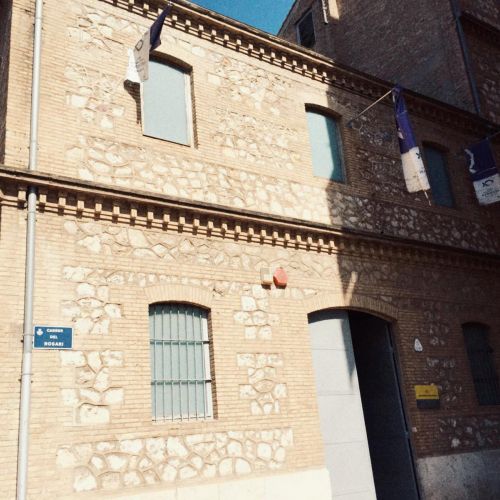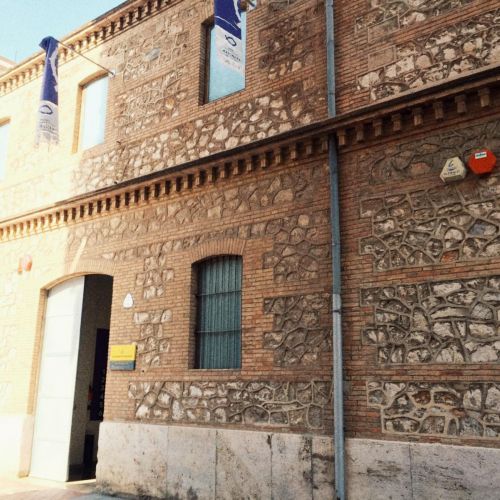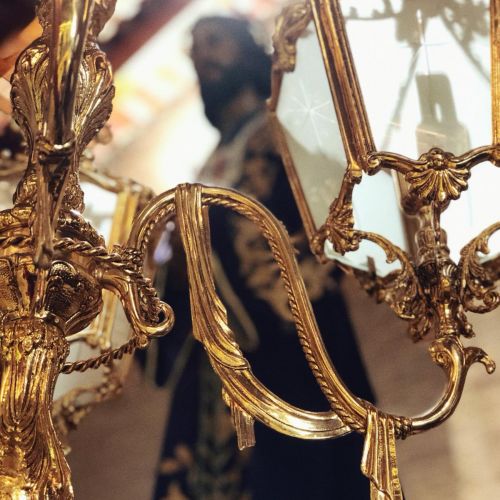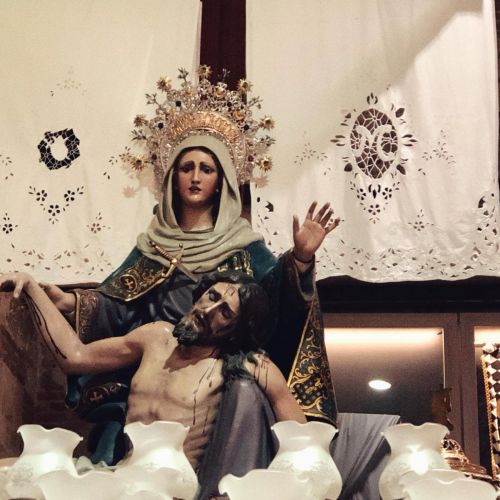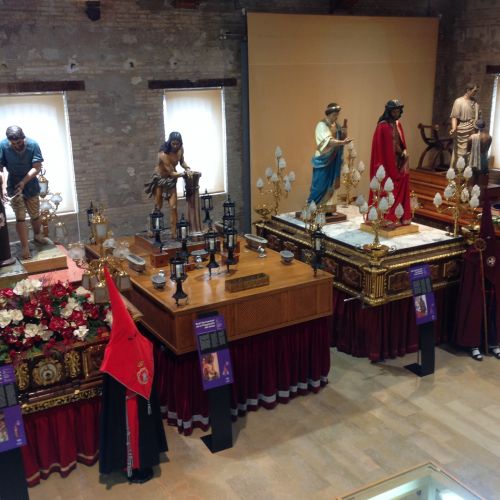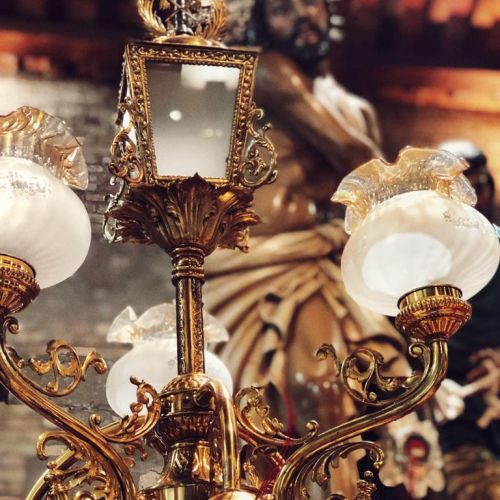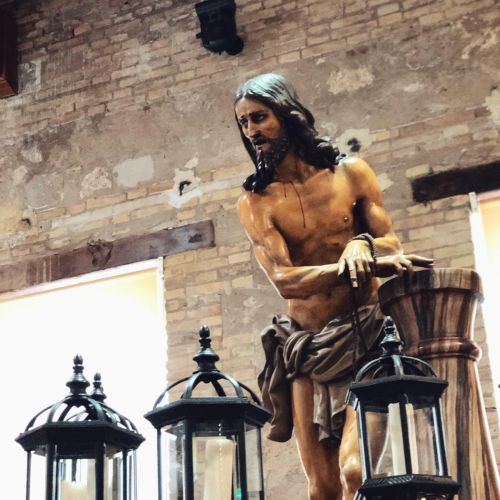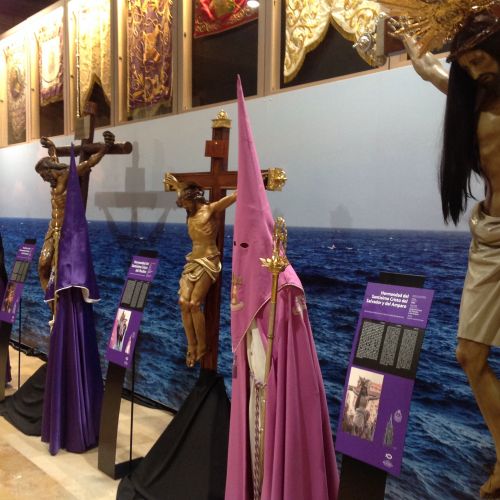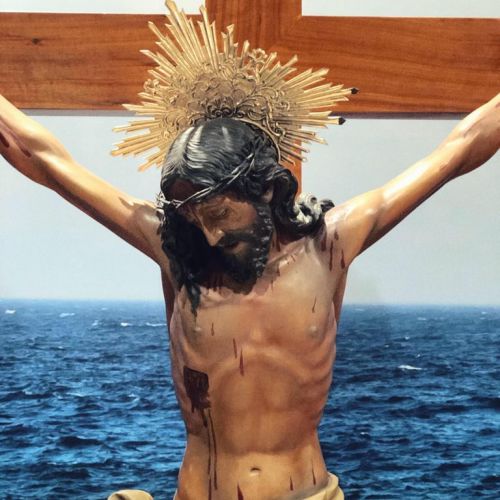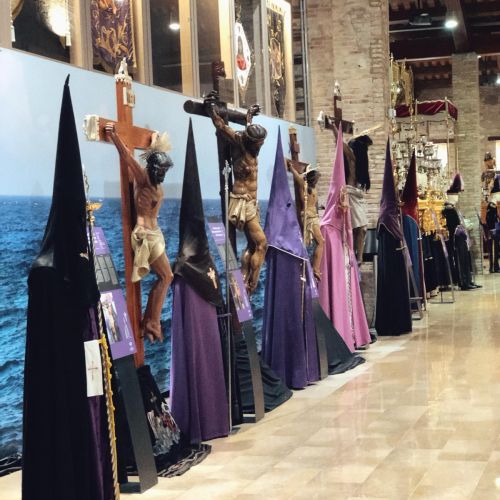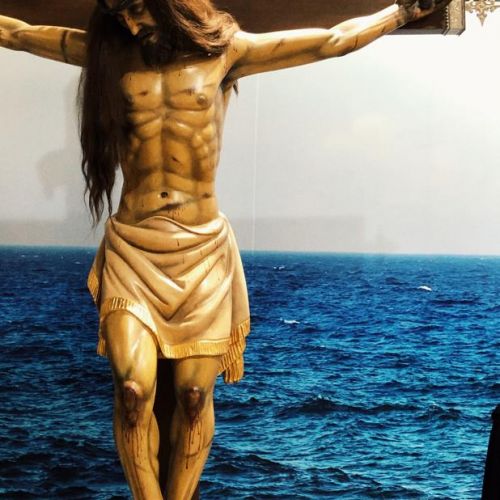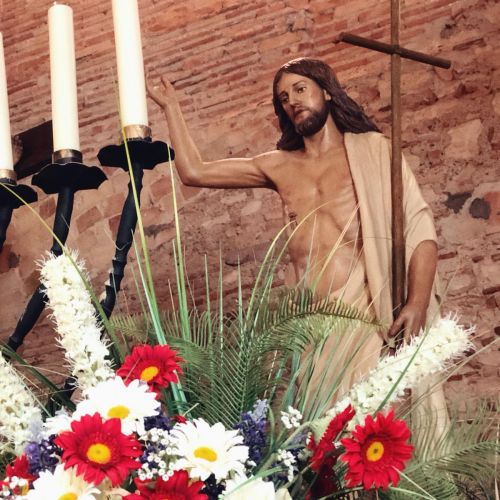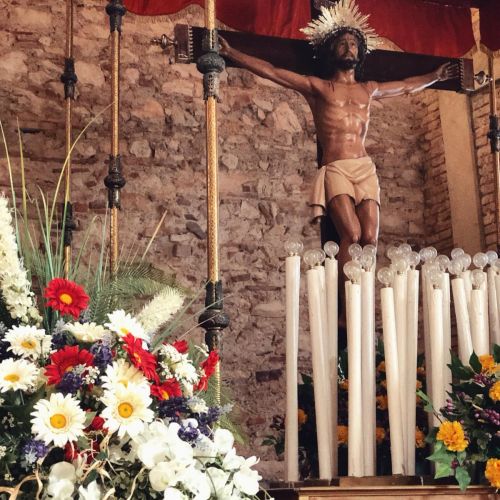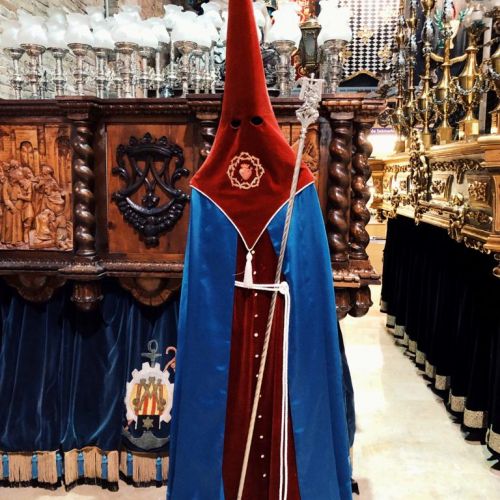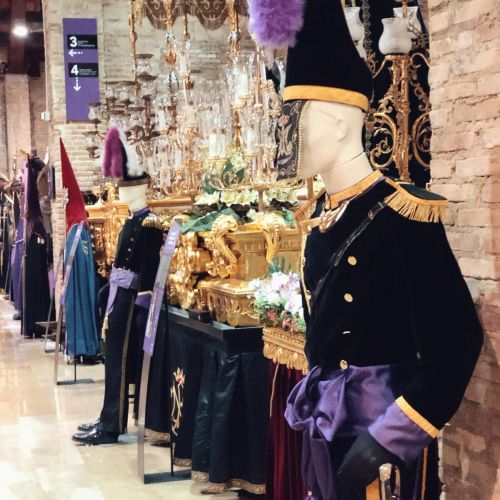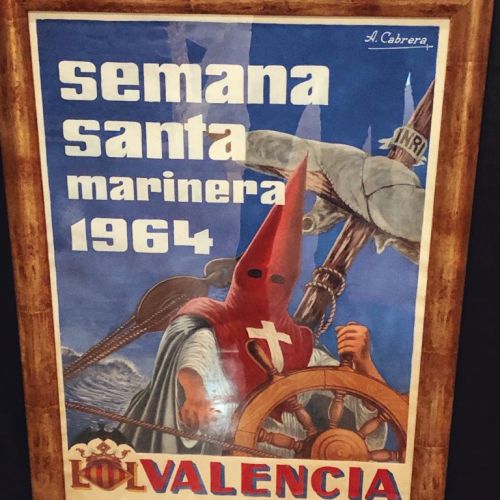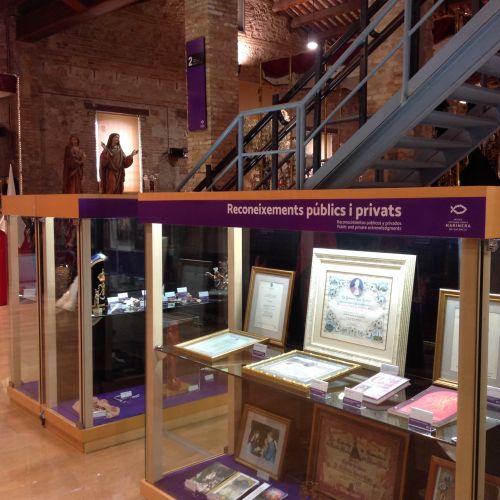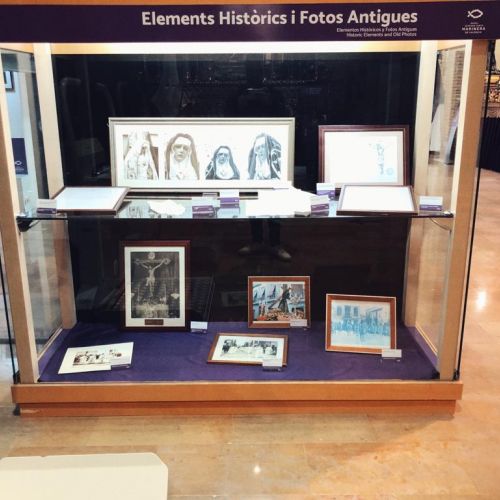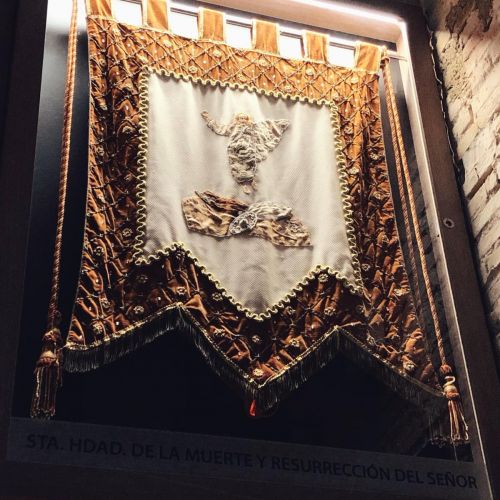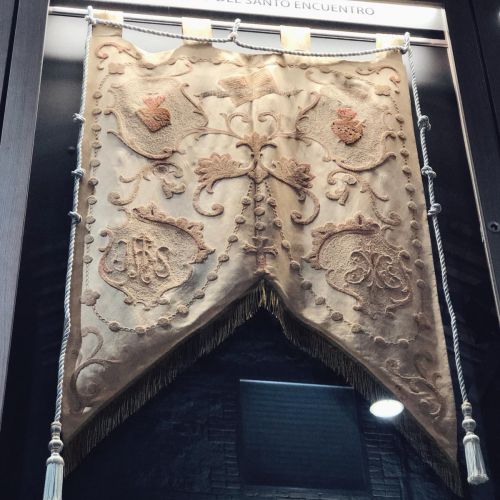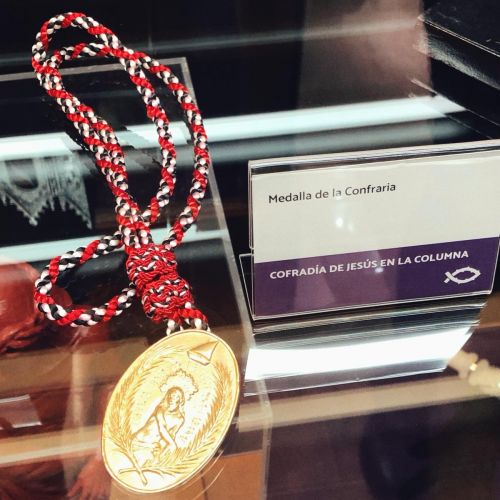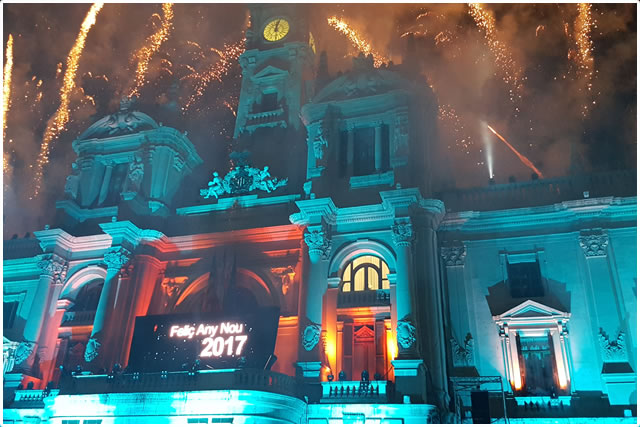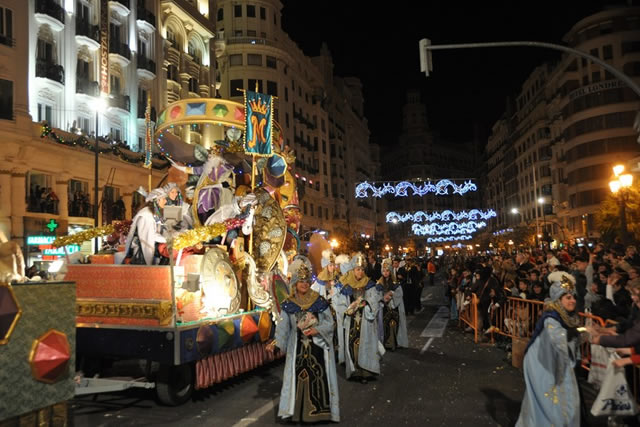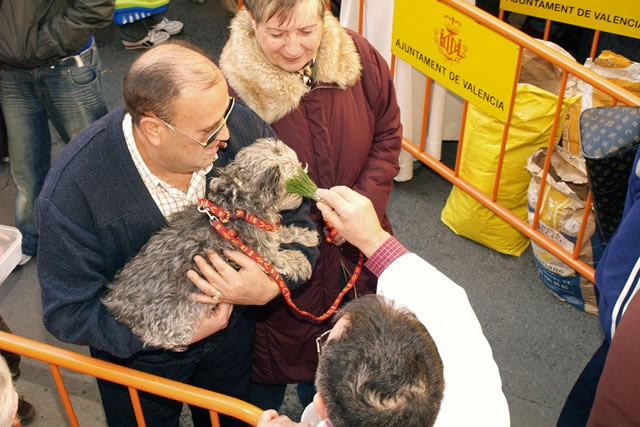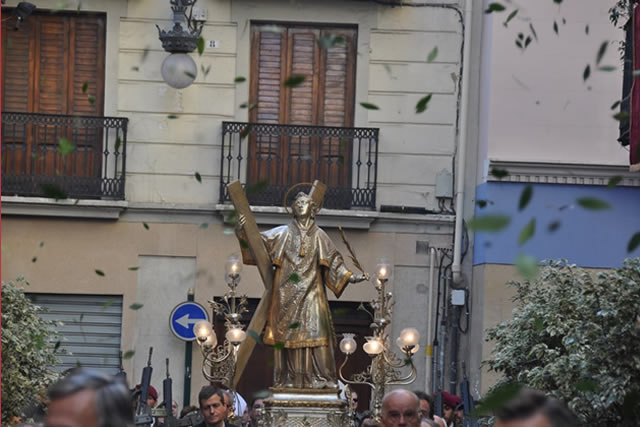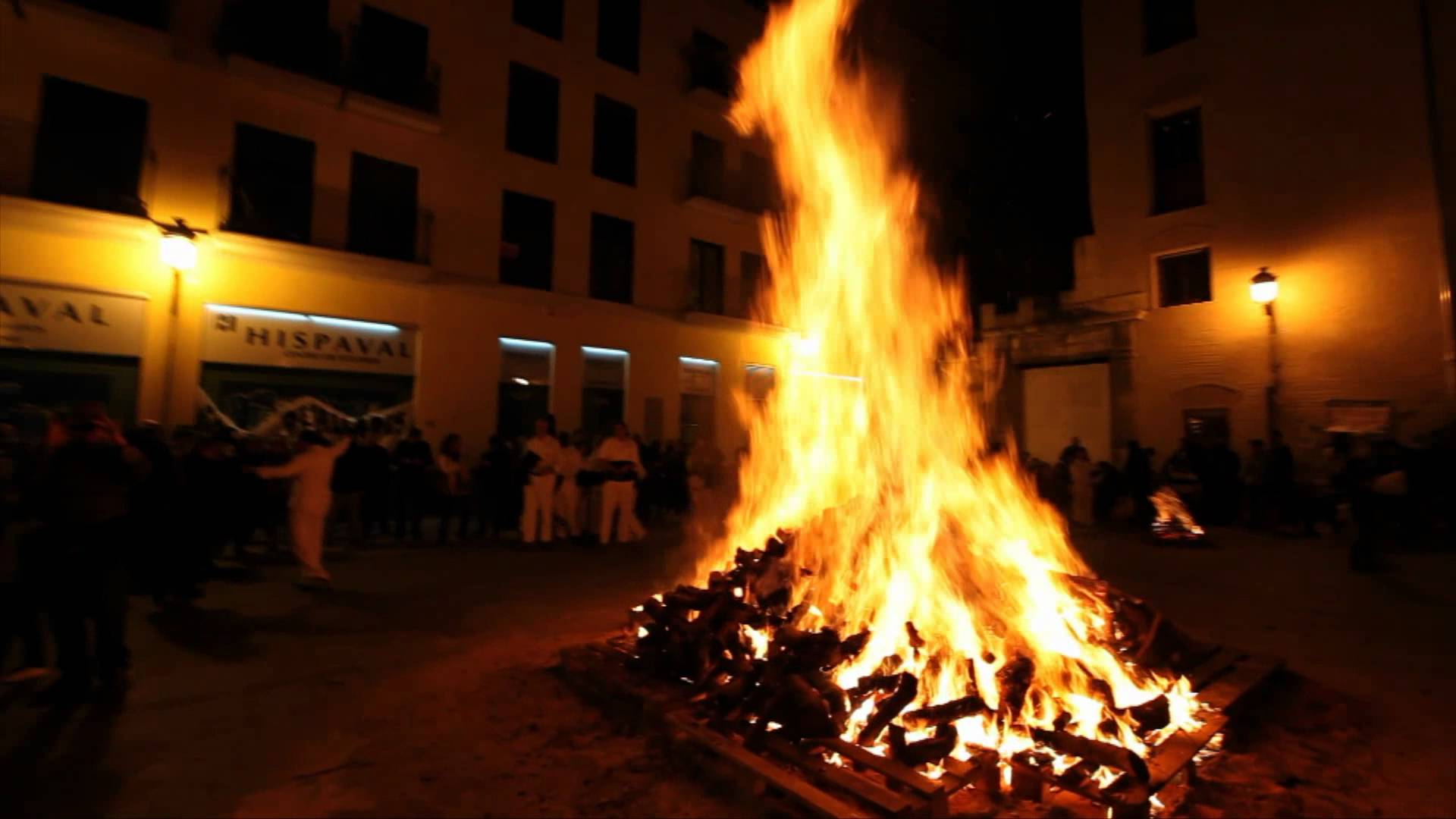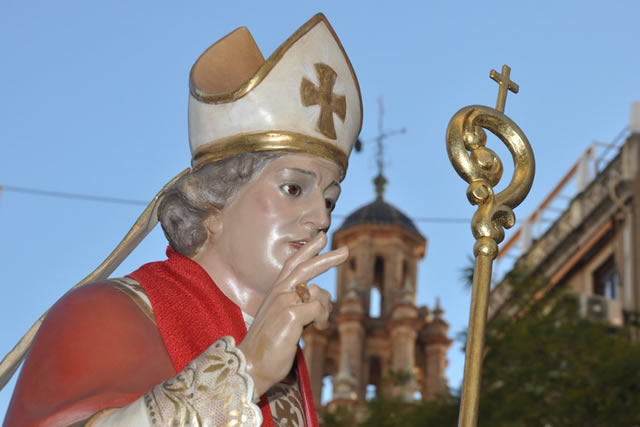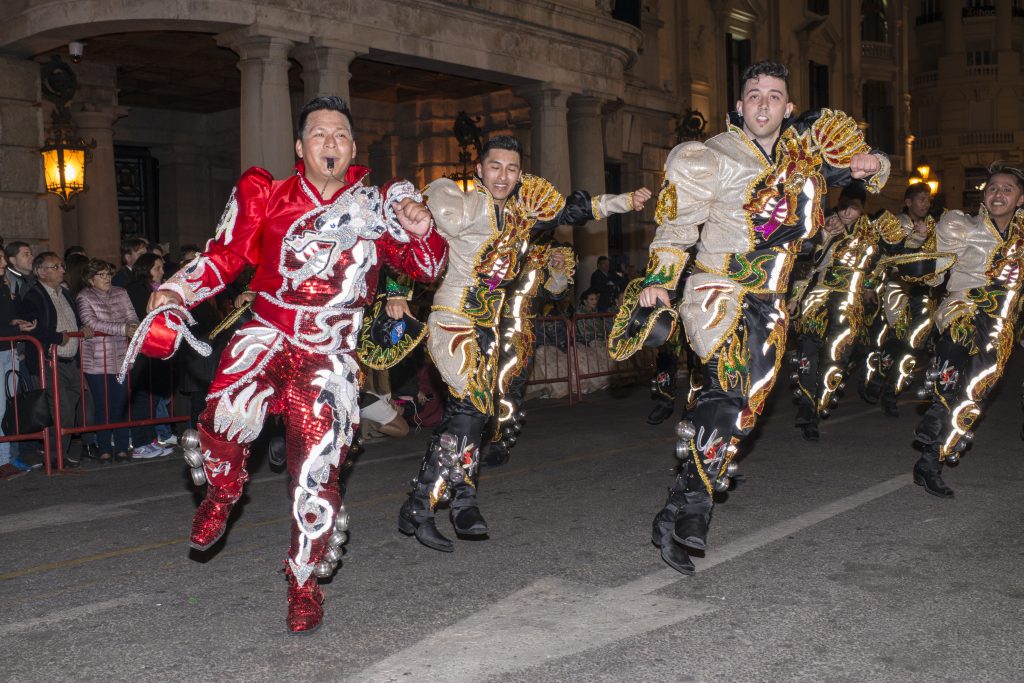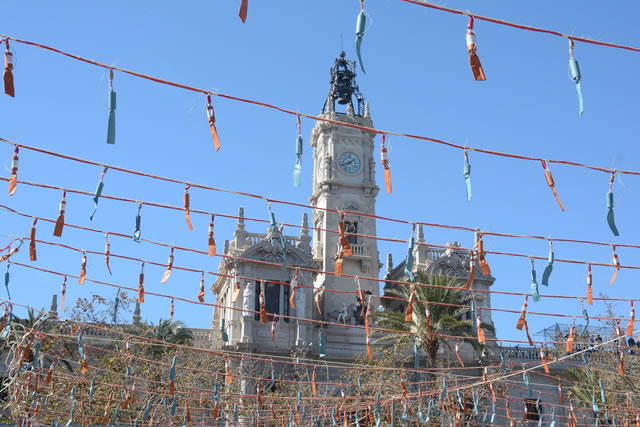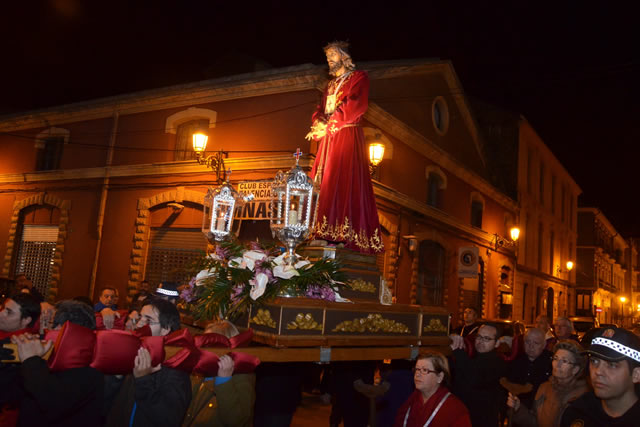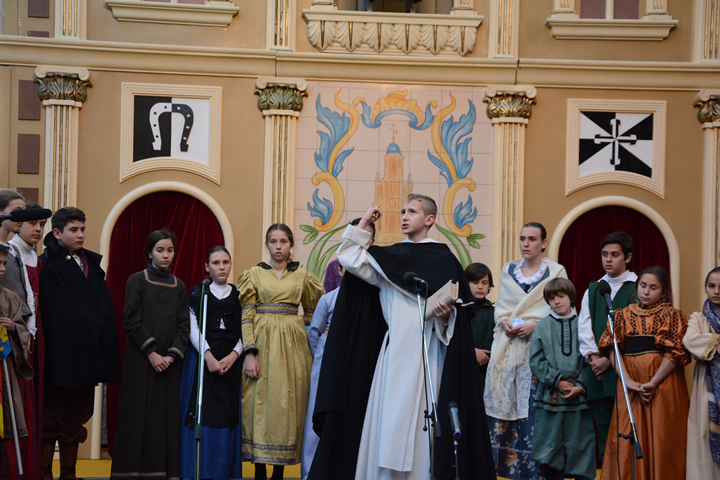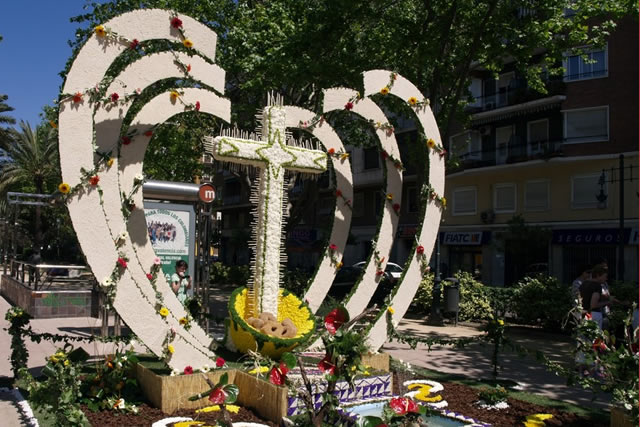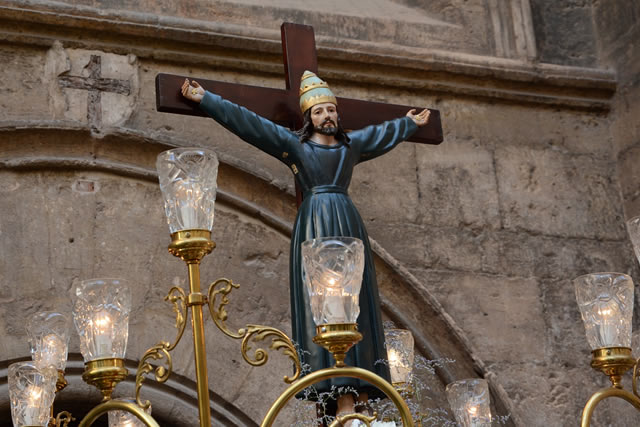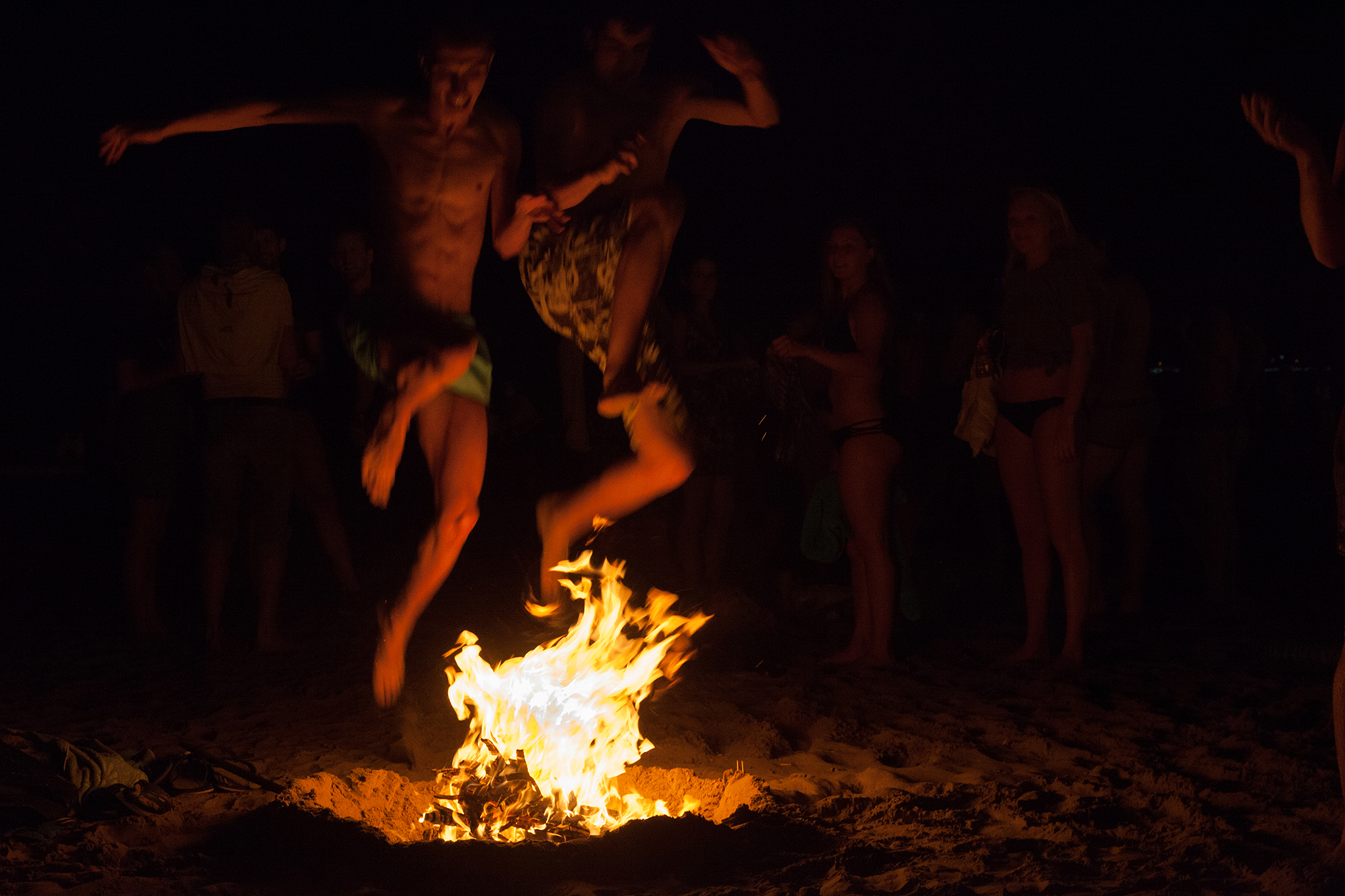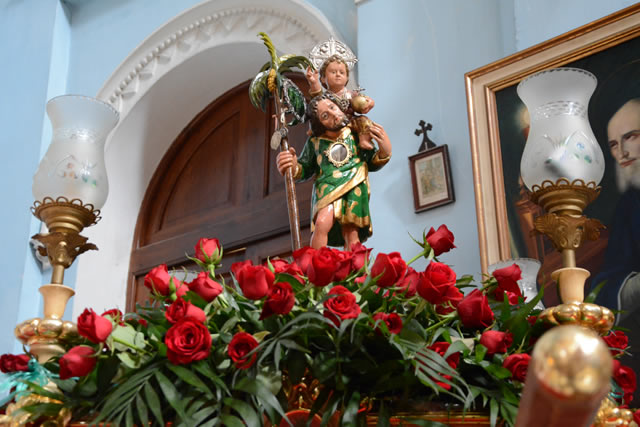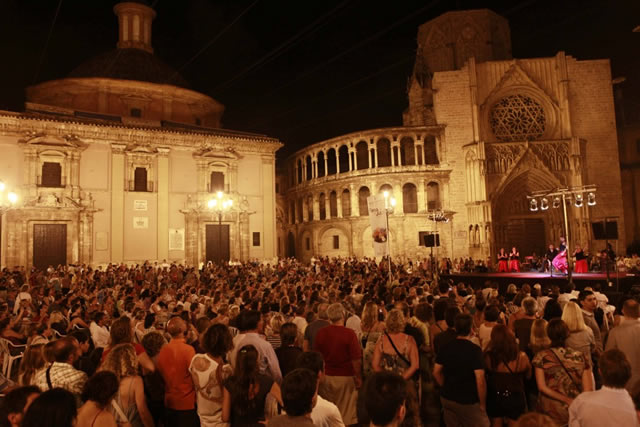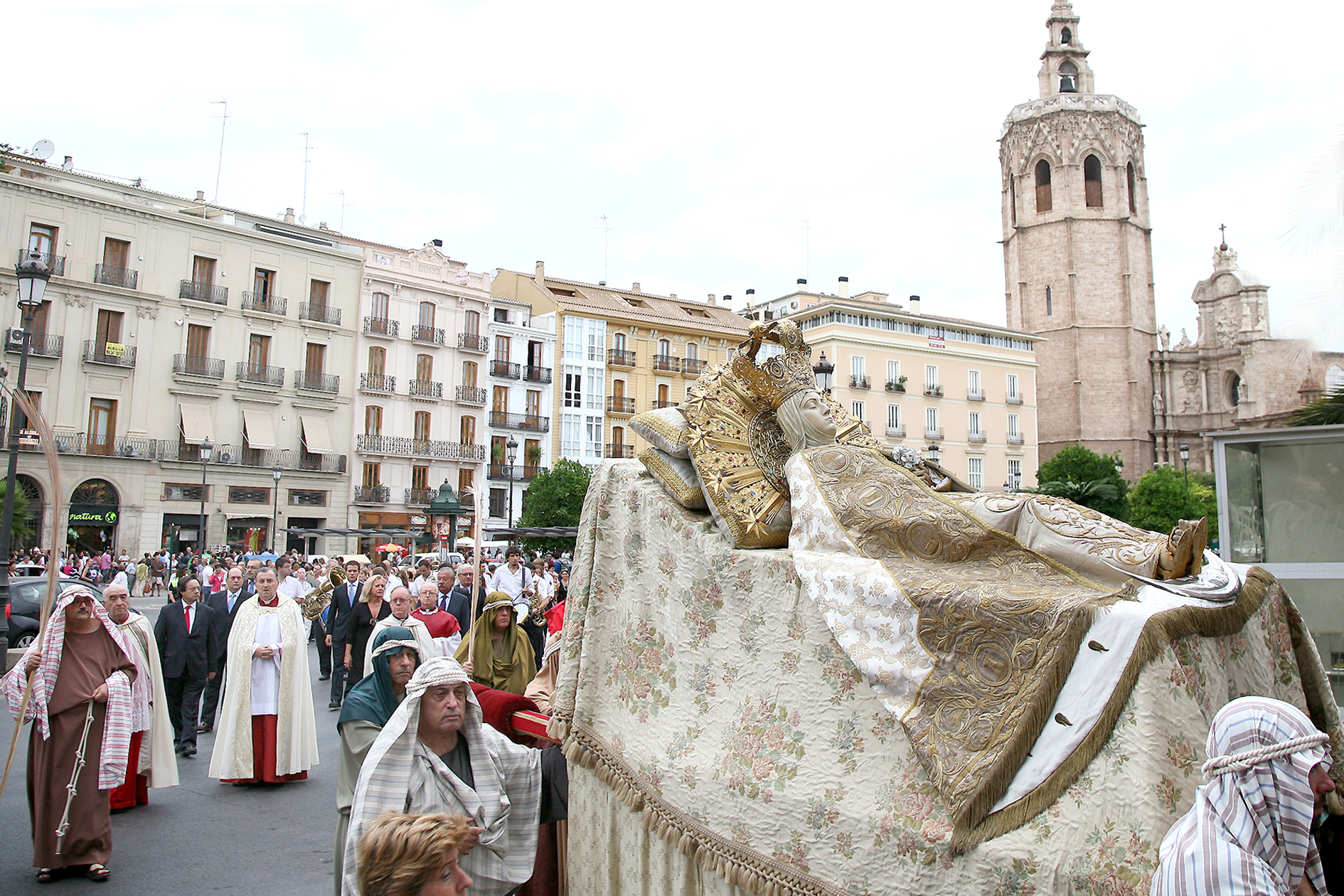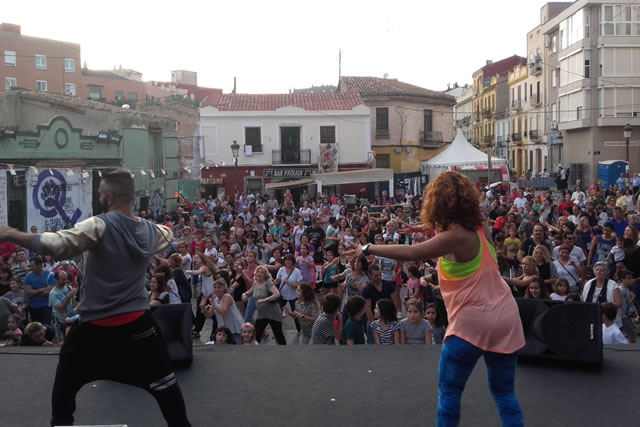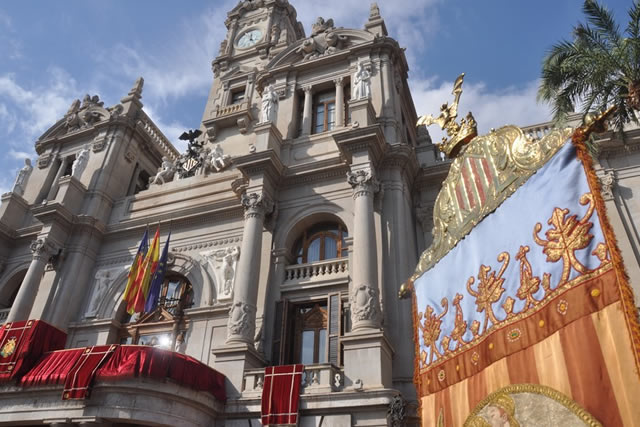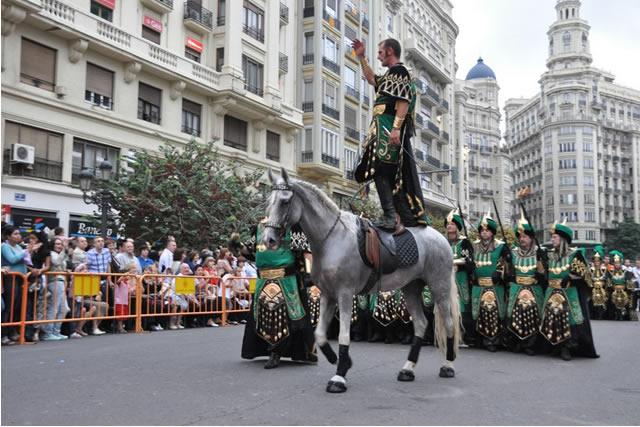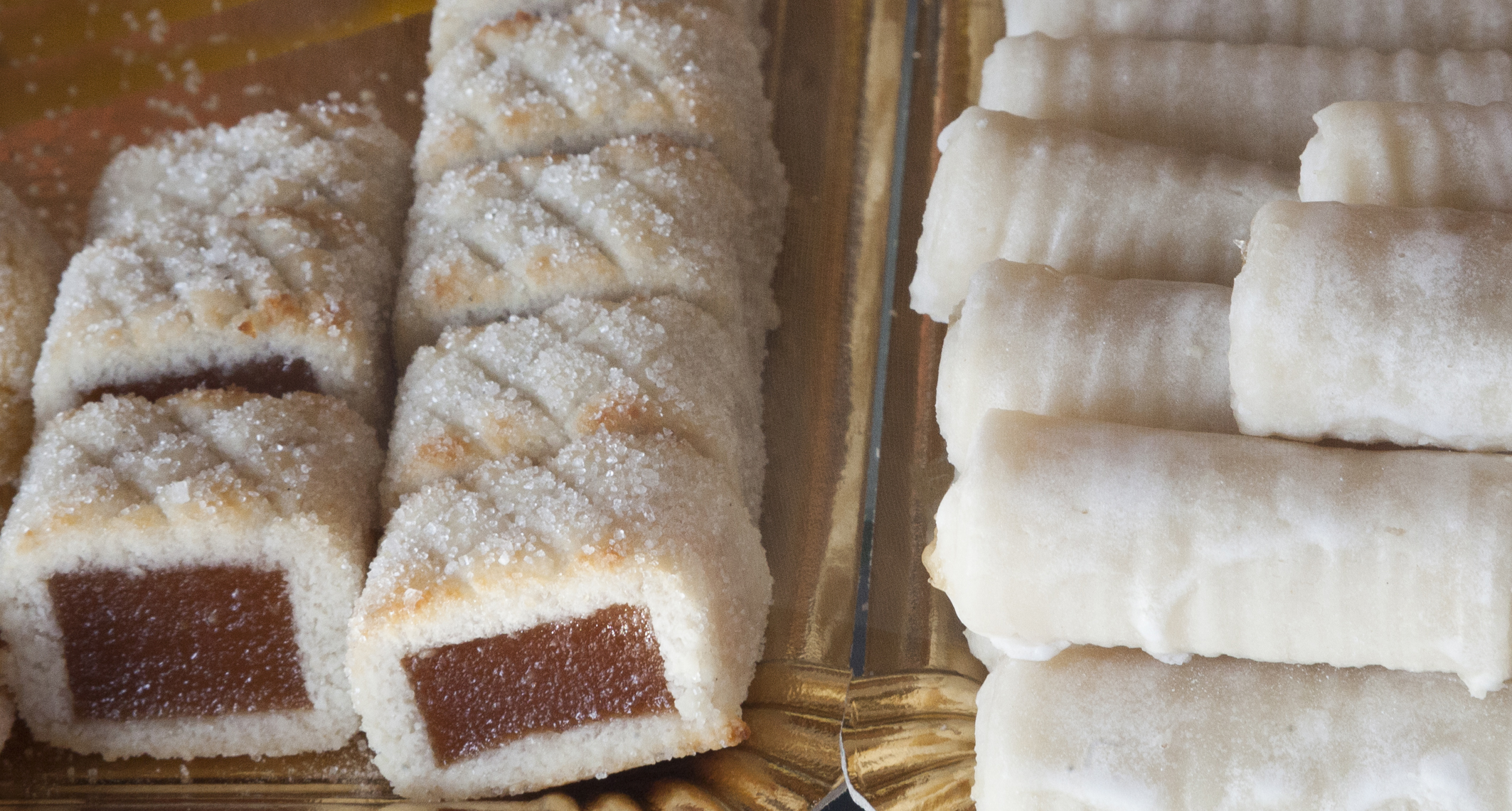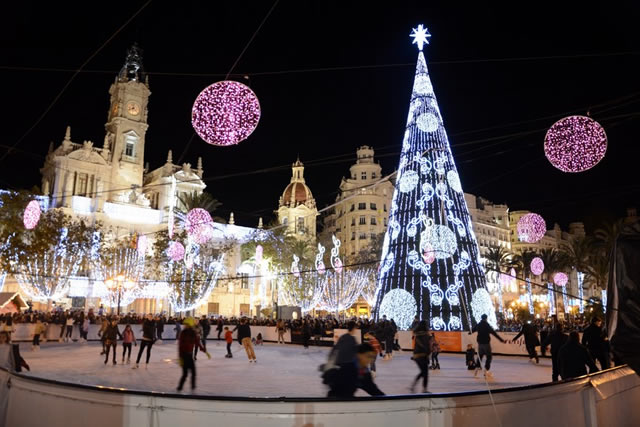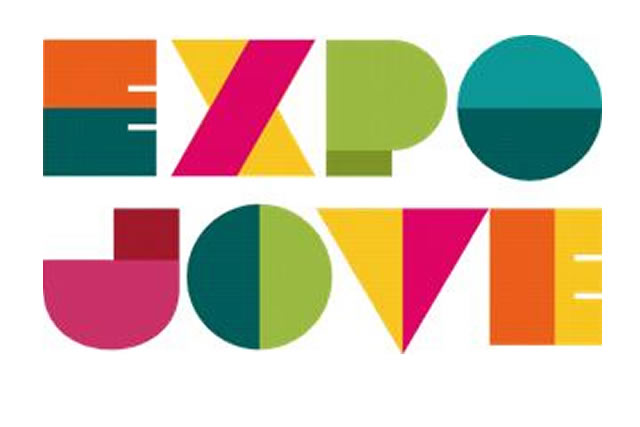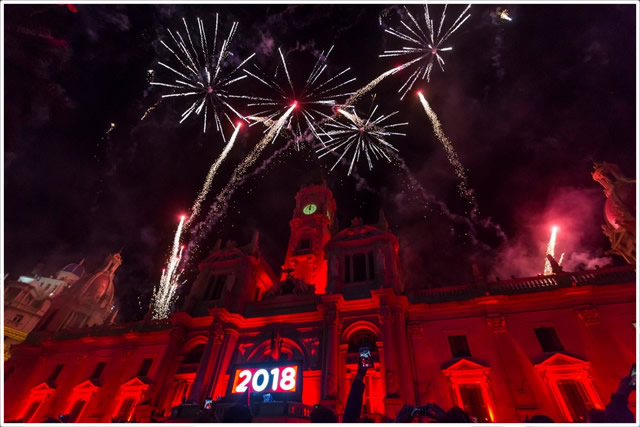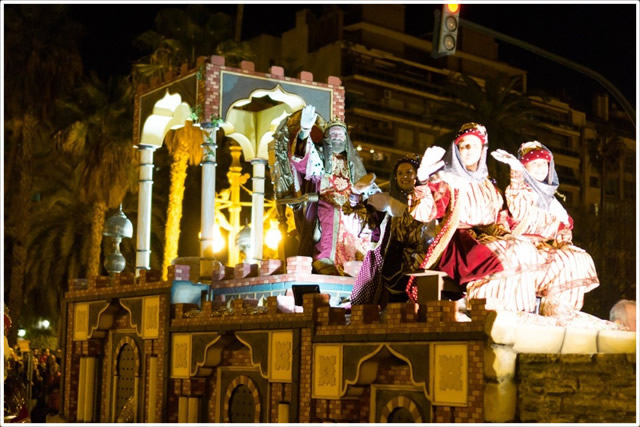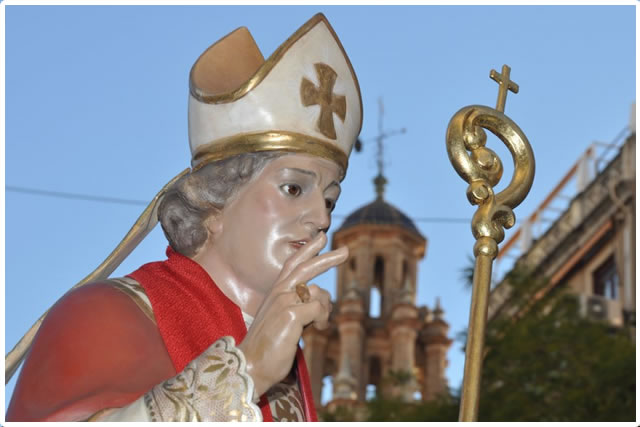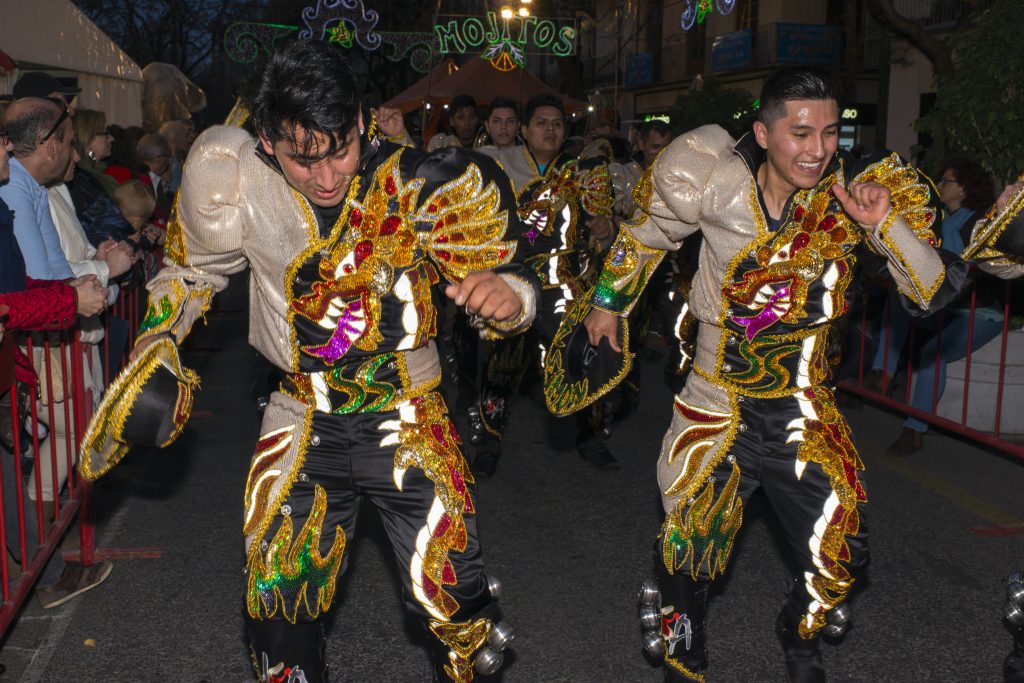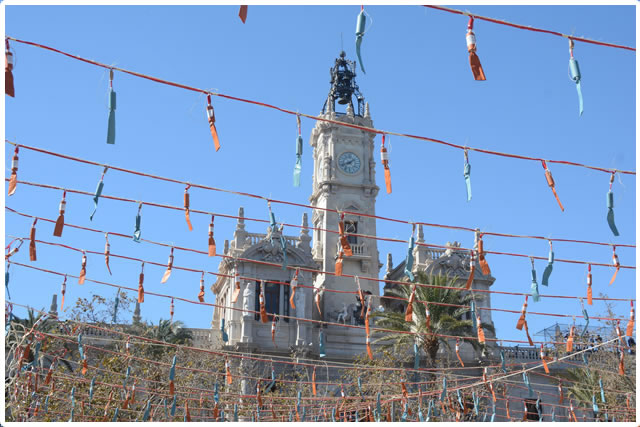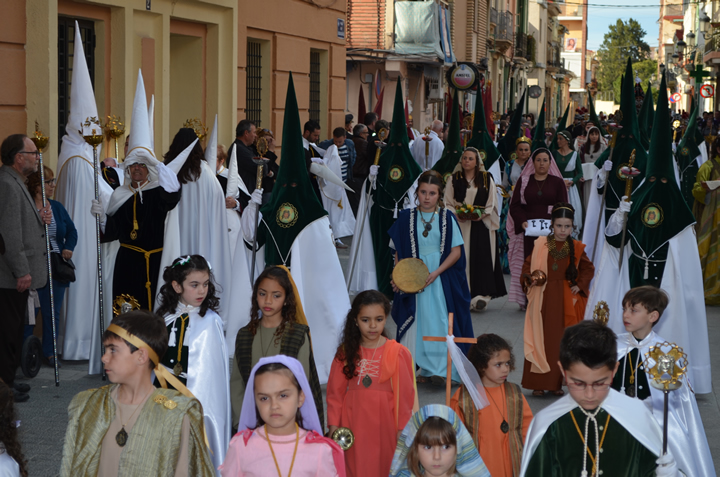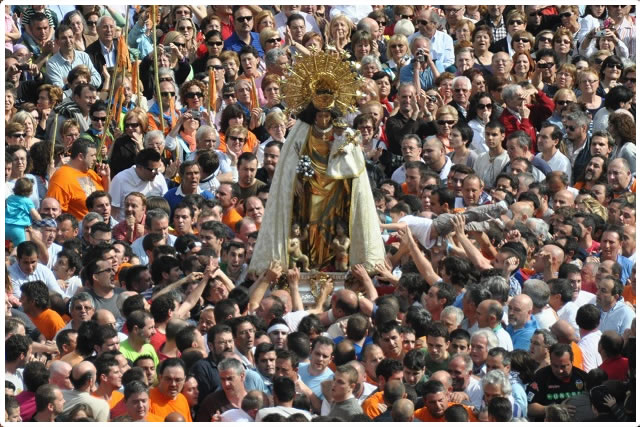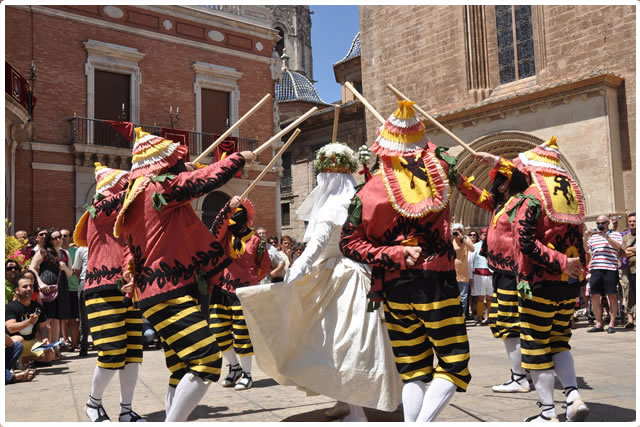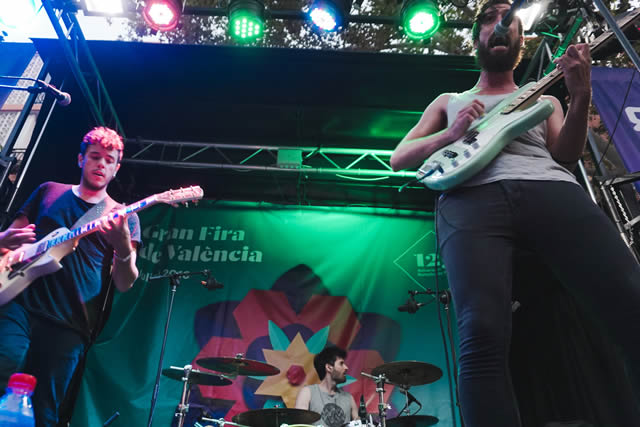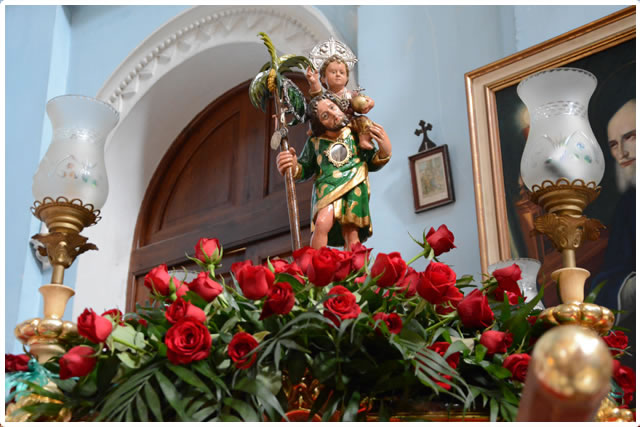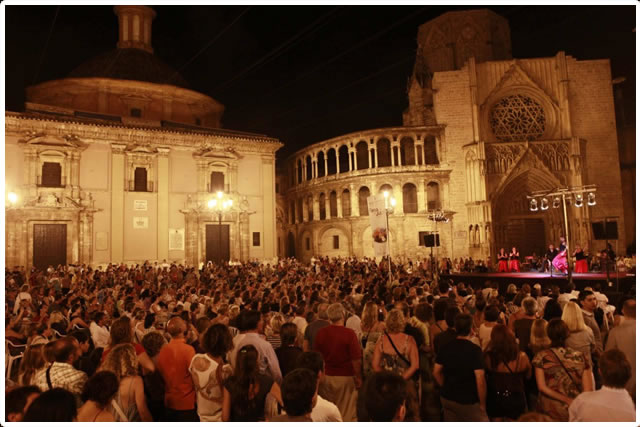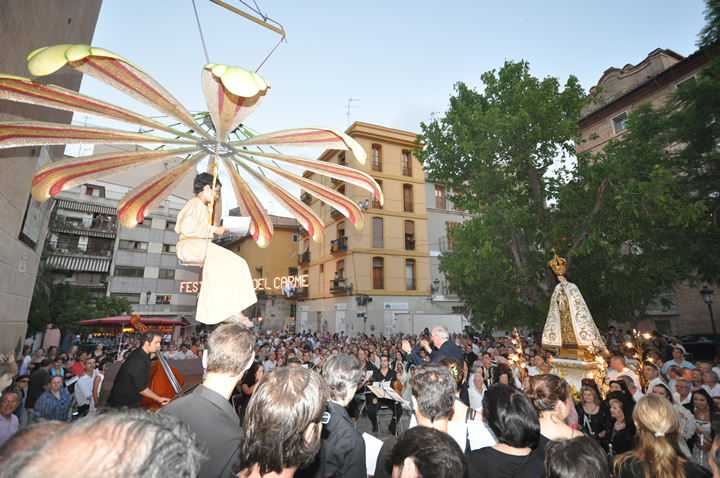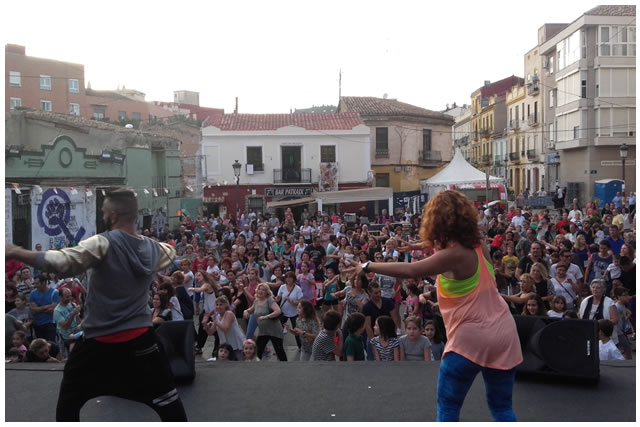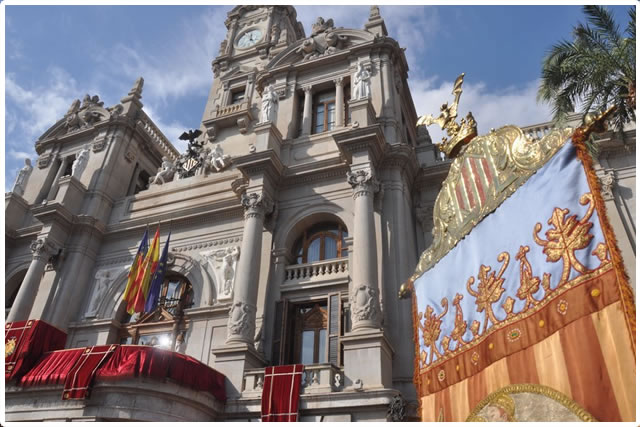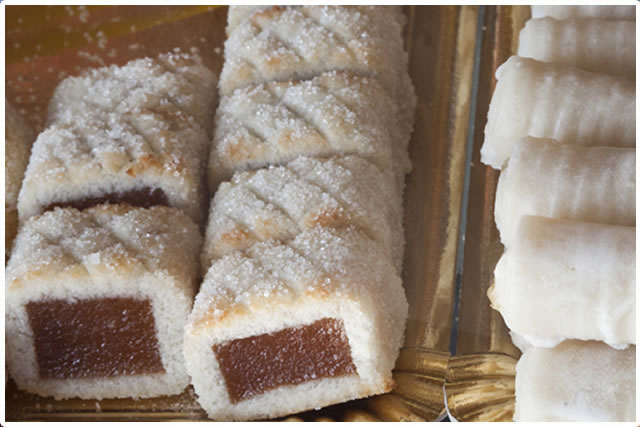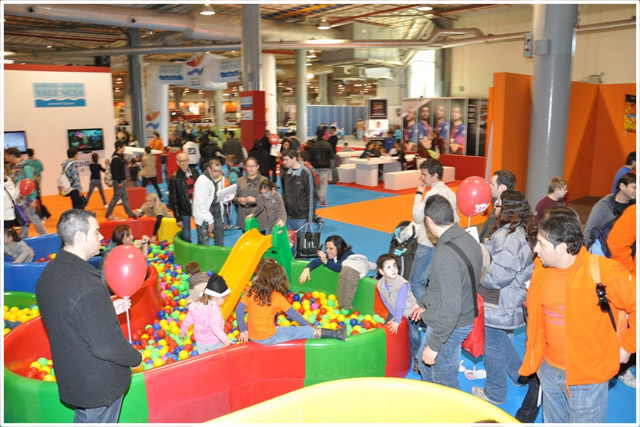“SALVADOR CAURÍN” MARITIME HOLY WEEK MUSEUM
Located in the building of an old rice mill in Canyamelar, the Museum houses the processional floats, clothing and symbols of the notable acts of Maritime Holy Week, a festival declared to be of National Tourist Interest in 2011, and recognised with the Gold Medal of the City of Valencia by its council in 2016. The museum is equipped with interactive audio-visual content, a compilation video and an area devoted to temporary exhibitions about the festival enables visitors to enjoy a historical and social approach to this deep-rooted celebration.
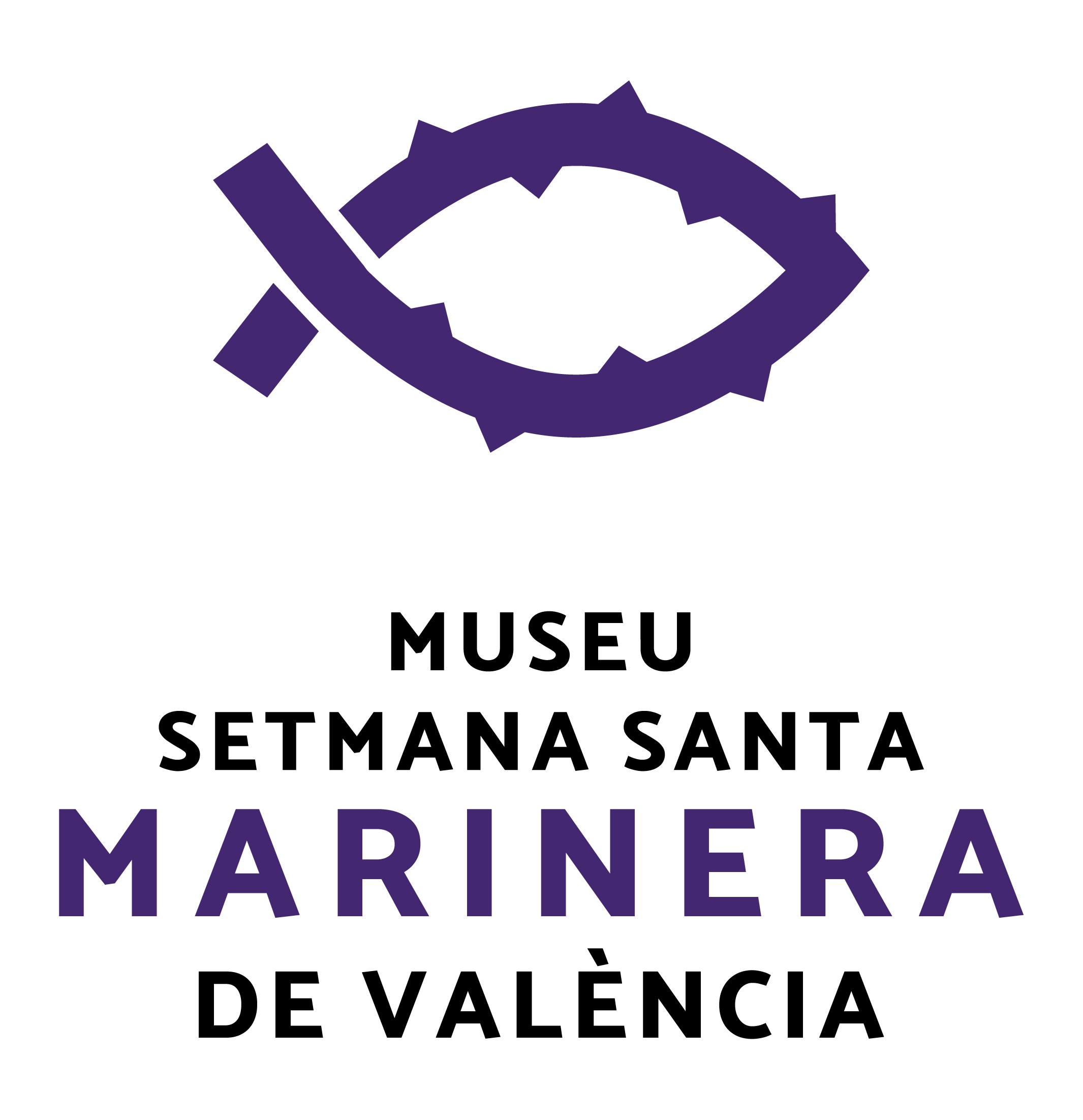
-
MARITIME HOLY WEEK IN VALENCIA
The commemoration of the passion, death and resurrection of Jesus during Holy Week in the Fishing Districts of Valencia, comprise of El Grau, El Canyamelar and El Cabanyal, is unique. The neighbourhood of the three districts imbues Maritime Holy Week with a festive, open and Mediterranean spirit. The colourful costumes, the symbolic richness and sociability, coexist harmoniously with the solemnity and the seclusion of the liturgical expressions.
-
NAZARENES
The images of Nazarenes, the work of prestigious religious image makers and goldsmith, have been very important historically for the Maritime Holy Week. They directly refer to the suffering of Jesus, both at the passion and at his trial, going to Calvary or his agony on the cross, and they connect with the suffering endured in life by the seafaring people, who profess a great devotion to these images.
-
VIRGINS
The representations of the Virgin are another of the museum´s attractions due to the intense veneration they produce among the guilds. They reflect the pain of the Virgin Mary faced with the entire process of passion and death of Jesus, appearing under several devotions such as Agony, Solitude and Sorrow, which bear witness to her key role in the iconography of the Christian story.
-
ARRESTS
The floats or thrones relating to the arrest of Jesus represent a series of key images in the story of the passion, given that they focus on the moments going from the last time when Jesus is with his disciples until when he is arrested in order to be tried. Thus, various scenes from this sequence appear in the images, which have a great expressive power.
-
CHRISTS
The sea always has a presence, especially on the morning of Good Friday, when the Christs, carried on the chest of the faithful, are taken to the beach, where a prayer is offered in memory of the fishermen who have died at sea. This devotion of the maritime districts is another of the particularities of the Maritime Holy Week.
-
DEATH AND RESURRECTION
The processions reach their peak splendour on the evening of Good Friday, as night falls, when all the groups visit the parishes and parade with their floats, notably including those referring to the passion and death of Jesus. One of the most emotive acts is the procession of the Holy Burial, where all the brotherhoods, corporations and sororities participate with their images. At midnight on Holy Saturday the Resurrection is announced and at midday on Easter Sunday, the festive Resurrection procession takes place.
-
CLOTHING
On display there are several pieces of the rich and varied range of clothing of the festival, such as the garments of the penitents, the Roman soldiers and the grenadiers, each with the colour, symbols and tributes of their guild, brotherhood or corporation. The clothing of the Biblical characters also stands out, it plays a particular role, adding special colour to the re-enactments and routes, while also having an educational role, teaching people about the holy history of the processions.
-
POSTERS
The Maritime Holy Week Museum offers an interesting collection of historic posters from the annual editions of this unique celebration, allowing viewers to observe the evolution of content, forms, styles and techniques over the years, along with a complete repertoire of the maritime symbols inherent to this festival of the fishing districts of Valencia.
-
DISPLAY CABINETS
They contain a sample of the symbols of the festival, with pieces loaned by guilds, brotherhoods and corporations. Documentation and distinctions of the Main Commission of Maritime Holy Week, evocative items from history and music, banners, flags, ensigns, staffs, public and private distinction, symbols of the passion, old photographs, books and publications comprise this section of the exhibit itinerary.





